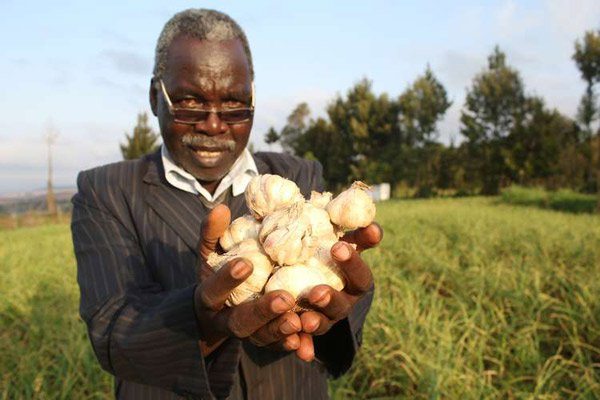Small-holder farmers decry market discrimination
SMALL holder farmers have called for a level playing field in terms of access to markets and accused buyers of giving first preference to established commercial farmers, which hinders their growth and increase cost of doing business.
Speaking during a livestock business forum organised by the Food and Agriculture Organisation (FAO) in partnership with the Government in Bulawayo on Tuesday, smallholder farmers expressed concern over rampant price distortions in the sector saying this limits their opportunities and urged authorities to intervene.
Part of the solution includes enhancing information dissemination regarding livestock marketing especially on pricing to avoid short-changing communal farmers, they suggested.
Mr Mark Mpofu, a lead farmer from Somabhula in the Midlands province, who spoke on behalf of small-holder farmers, said both small dairy and livestock producers were facing challenges in accessing lucrative markets despite delivering quality produce.
“Our major challenge in livestock production is that there is no level ground in accessing markets. The Government has done its best as we are now managing to control pests and diseases but we have certain problems when we deal with private players,” he said.
To address the challenge, the Agricultural Marketing Authority (AMA) recommended that formal livestock markets be established in rural areas as door-to-door sales have been dominant in the past three decades causing exploitation and distortion of prices.
“Formal cattle markets offer competitive market-related prices. This will then guarantee the flow of regular income thereby reducing the vulnerability of rural communities to poverty and inequalities,” said a representative form AMA.
Mr Mpofu said the dairy sector, in particular, was capital intensive as it needs a lot of inputs from vaccines, feeds and infrastructure, which demands adequate financing, which is hard to get for small farmers.
“If we say this is capital intensive, we are saying we need to build up a milking parlour and handling facilities and we need feed because 60 to 70 percent of dairy goes through the throat.”
Zimbabwe Famers Union representative, Ms Nyasha Tademba, said middlemen were taking advantage of farmers to make huge profits leaving small-scale producers with nothing to show for their sweat.
“The pricing issue needs to be addressed and there is need to have floor prices as what happens in the grain and tobacco markets,” said Ms Tademba.
Dr John Basera
She urged farmers to join farmers’ unions to enhance lobbying capacity and access to large markets at reduced costs as well as increasing awareness campaigns and embracing formalisation.
The farmers also stressed the need for scaling up trainings on best farm management practices and marketing strategies for effective business gains.
Through the Ministry of Lands, Agriculture, Fisheries, Water and Rural Development, the Government has been scaling up its support for smaller holders across the country, both livestock and cropping.
Through the Zimbabwe Agriculture Growth Programme (ZAGP), the Government and its development partners are pushing the transformation of the animal health and food safety systems in Zimbabwe. The Department of Livestock Production and Development is also spearheading establishment of cattle grazier scheme in order to improve the performance of the national herd and ensure increased income and profitability to smallholder farmers who owns more than 80 percent of the livestock in Zimbabwe.
The Government have also chipped in through drilling of boreholes for easy access of water in areas that receive little rainfall and also providing small holder farmers with chemicals to control livestock pests and diseases.
As a result, official statistics indicate the national beef cattle numbers have increased from 5,4 million in 2019 to million to 5,6 million. Commenting on the issue, Ministry of Agriculture Permanent Secretary, Dr John Basera, said the country has been recording growth in the livestock sector following measures being put in place to control pests and diseases.
He said livestock mortality, for instance, has been reduced from 11 to 9 percent with about 3,7 percent growth of the national head and increase of milk production from 76 million litres to 80- million litres. –chronicle.co.zw











